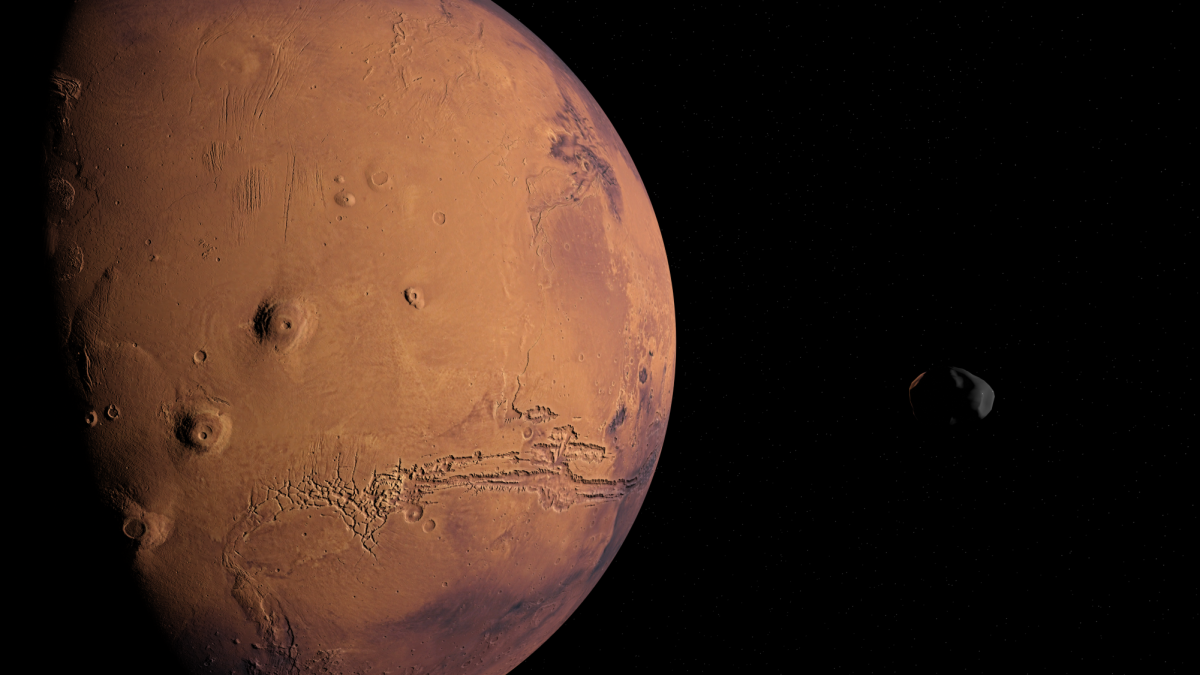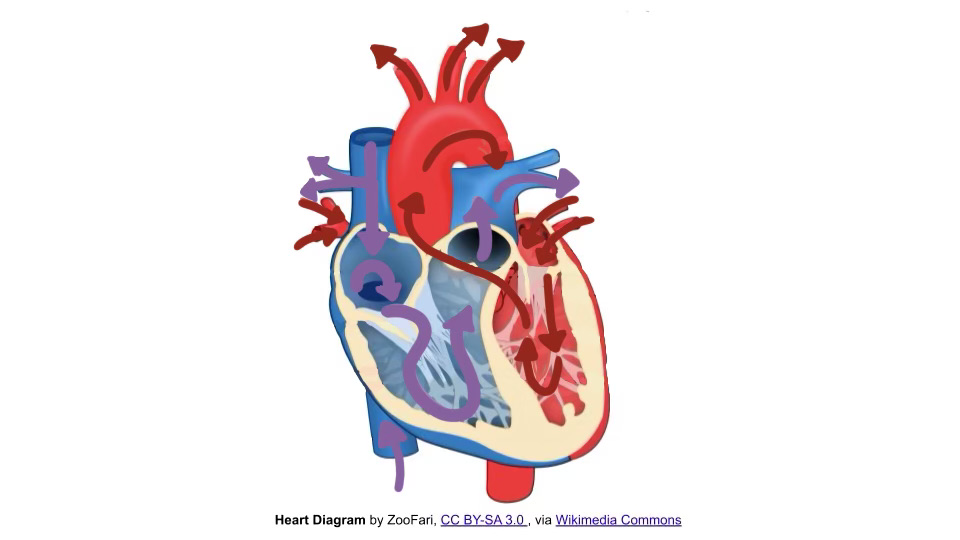NASA recorded the most powerful earthquake ever documented on Mars on May 4, 2022.
NASA’s Interior Exploration using Seismic Investigations, Geodesy and Heat Transport lander, otherwise known as Insight, registered the seismic event – named S1222a — at a substantial 4.7 magnitude.
A collaborative international team led by planetary physicist Benjamin Fernando from the University of Oxford attributed this phenomenon to immense tectonic activity occurring within the Martian crust.
Mars does not have tectonic plates, making this discovery quite unusual.
Alternatively, the quake was thought to have been caused by a giant meteorite. This theory was quickly debunked by scientists.
“We still think that Mars doesn’t have any active plate tectonics today, so this event was likely caused by the release of stress within Mars’ crust,” Fernando explained. “These stresses are the result of billions of years of evolution; including the cooling and shrinking of different parts of the planet at different rates.”
Insight detected hundreds of earthquakes and tremors for four years until 2022. Some were caused by rocks smashing into the surface while others were the result of magmatic activity.
Most of the quakes that researchers have detected thus far were found within a region called Cerberus Fossae, located eastward of InSight.
Fernando’s colleagues and a team of researchers embarked on an international mission to determine whether the origin of the earthquake, stemmed from internal or external forces. They did so by enlisting global space agencies with satellites orbiting Mars.
Satellites operated by the European Space Agency, the Chinese National Space Agency, the Indian Space Research Organisation, and the United Arab Emirates Space Agency collectively scanned the Martian surface to search for a recent impact site that is large enough to have potentially caused S1222a.
The thorough research conducted by the national space agencies suggested that there wasn’t a large scar detected on the planet’s surface. This revelation led researchers to believe that Mars exhibited tectonic movement and is “more seismically active” than previously thought to be.
Although the planet is slowly shrinking and cooling, there are still active faults and movements within the crust that can trigger earthquakes.
“We still do not fully understand why some parts of the planet seem to have higher stresses than others, but results like these help us to investigate further,” Fernando said.
Furthermore, as humans endeavor to take a future trip to the Martian planet, it is crucial that they have a strengthened understanding of the seismic activity occurring there.
“On Earth, a quake of this size would probably break windows, shake things off shelves, etc., but would not bring the house down,” Fernando noted.
The data gathered from this search can provide scientists with valuable information and give insight into which areas are most habitable and which ones they should avoid.








